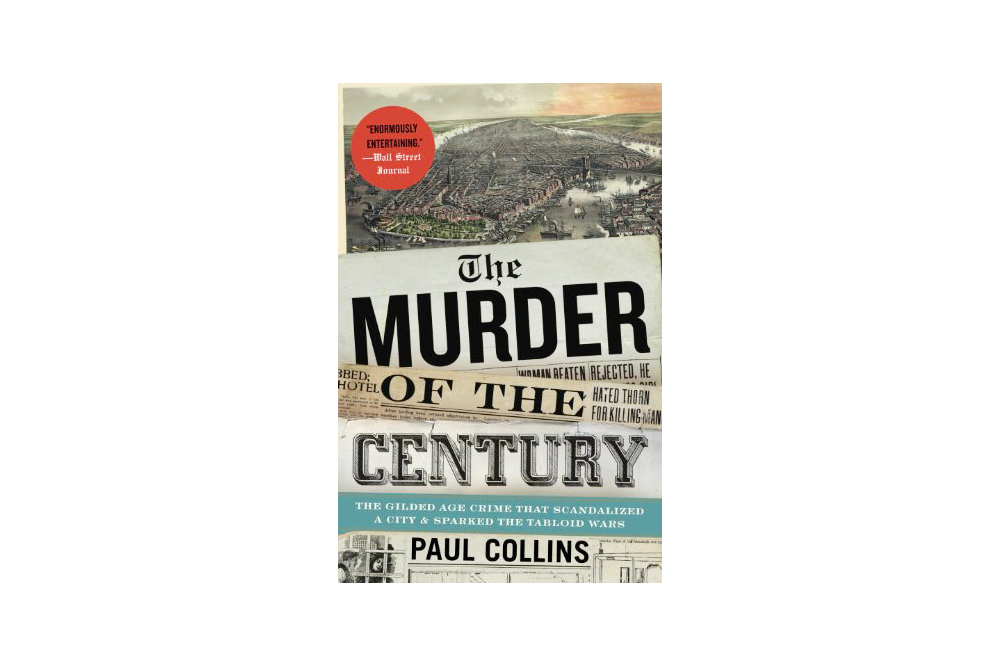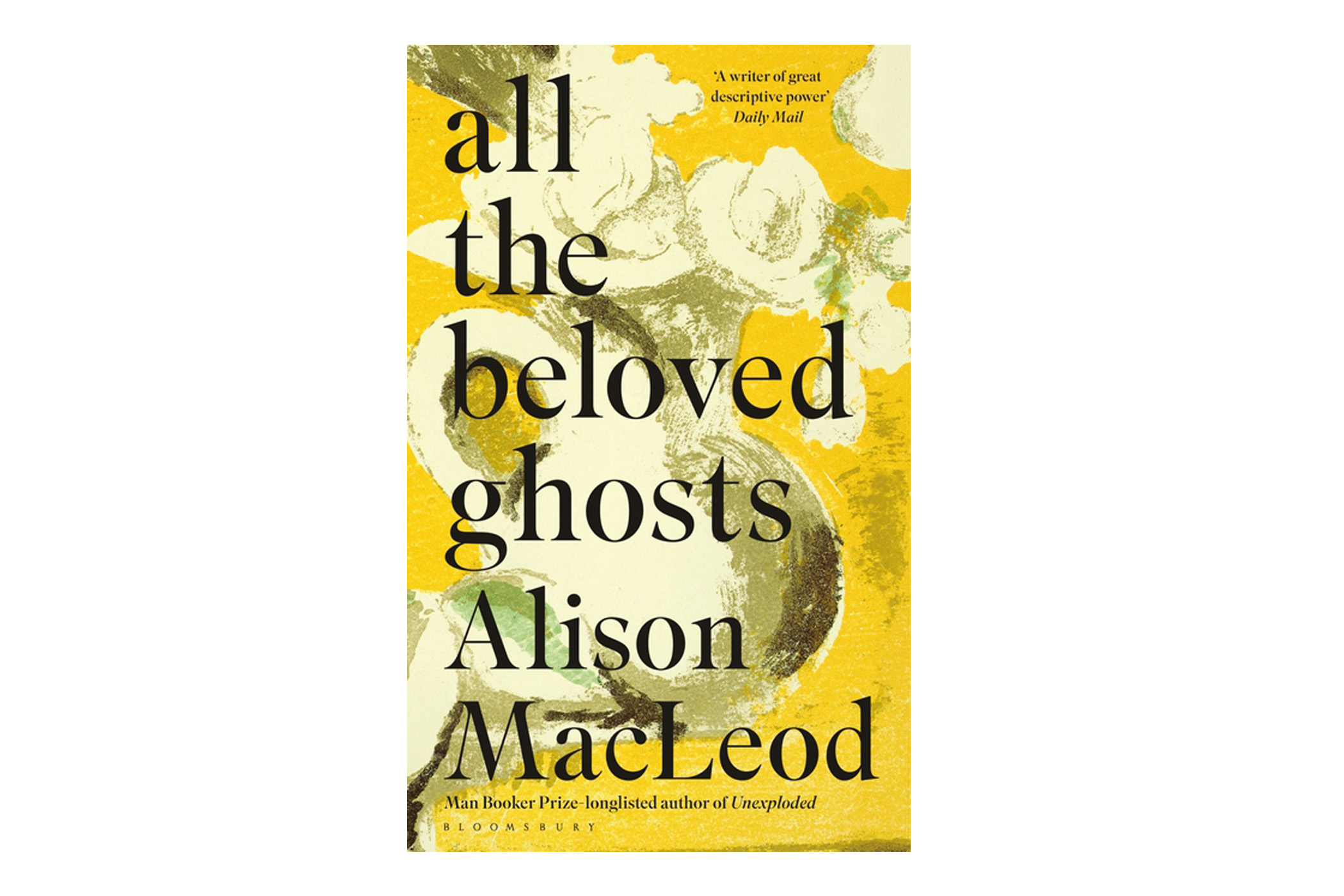Professor Paul Collins’ seventh book, The Murder of the Century: The Gilded Age Crime that Scandalized a City & Sparked the Tabloid Wars, was released in 2012. Over winter break the book became the ninth bestseller on the New York Times Crime and Punishment list for December.
“I sometimes say half-seriously that murder does well at the holidays,” Collins said, “but funny thing is it actually does sell well then. It didn’t quite make the bestseller lists last Christmas—and the Times Crime list is fairly new—but it did have a big jump in sales back then, too.”
Collins is an associate professor of English at Portland State. He teaches nonfiction writing for the MFA program and serves on the Student Media Board, which oversees the publication of print, video and radio on campus. As of Jan. 1, he became the chair of the English Department.
“He’s amazingly productive and consistent as a writer, and steady and pleasant as a colleague,” said fellow nonfiction professor Michael McGregor. “His recent election as chair of the English department is an indication of how highly he’s valued among the faculty.”
The role of the reporter
Murder of the Century is a nonfiction, true crime narrative, but it reads like a novel. All quotes and quoted dialogue in the book are pulled from newspapers, court records, accounts and archives, and integrated as a way to progress the story. The 40 pages of notes and sources at the back of the book detail Collins’ commitment to research.
The story begins in 1897 with the discovery of a headless, legless, lower abdomen-less, tattoo-less body in New York’s East River. While at first glance it might seem easy to pawn the findings off as an unclaimed cadaver sold illegally to medical students, soon enough trained detectives are on the case and foul play becomes evident. As other sections of the body turn up, a mystery starts to come together.
Newspapers play a key role in the mystery. The late 1890s was the height of yellow journalism, a profit-driven style of journalism in which facts are fudged or wholly fabricated in hopes that sales will be spurred by sensationalism and hitting the stands first.
Collins uses the headlines, reporting and investigations of two newspapers, The New York Journal and The New York World, to present the confusion and intrigue that surrounded this potential murder.
When reporters try to solve murder cases, it exemplifies one function of journalism: to investigate and uncover crimes otherwise left hidden. But when newspaper sales are involved, it becomes hard to trust these self-proclaimed detectives.
“A future owned by yellow journalism was not one most reporters wished to contemplate,” Collins writes in Murder of the Century.
War of the Titans
Collins uses both William Randolph Hearst and Joseph Pulitzer as leading characters and their newspapers—The Journal and The World—as not only the glue for the story, but the focus much of the time. Their battling for sales and seeking to tell a story larger than the facts permit is a part of news history, and has altered the trade to this day.
“Pulitzer and Hearst figured out how to make news entertaining, and so we can thank them (and damn them) for that,” Collins said. “Journalism is far more vivid and visually exciting since they came along. Unfortunately, especially in things like political or science reporting, those qualities are not always to the betterment of humanity.”
Parallels can be drawn between yellow journalism and today’s often ratings-geared and entertainment-based news media.
“In many ways, the rise of often biased and sensational internet news sites targeted to a narrow audience is a return to the ways of so-called yellow journalism,” McGregor said.
Yellow journalism’s effect on today is not the focus of the book, though. It is thorough narrative recreation of the past, a murder mystery and an examination of how the tabloids propagandized it.
Collins said he does much of his writing late at night after his workday is completed and his family has gone to bed.
“I generally need long unbroken blocks of time to [write], and so I stay up late,” he said. “Fortunately, coffee and I get along just great.”
Currently he is working on a new book called Blood and Ivy. It will be his 10th book.
“[Blood and Ivy is] an account of an 1849 murder at the Harvard Medical School, when one of their professors murdered the school’s biggest donor—which, by the way, is a very poor fundraising strategy,” Collins said. “The whole thing unfolded in the middle of the American Renaissance, when Thoreau, Hawthorne and Dickinson were at their creative peaks; the judge in the case was actually Melville’s father-in-law.”






